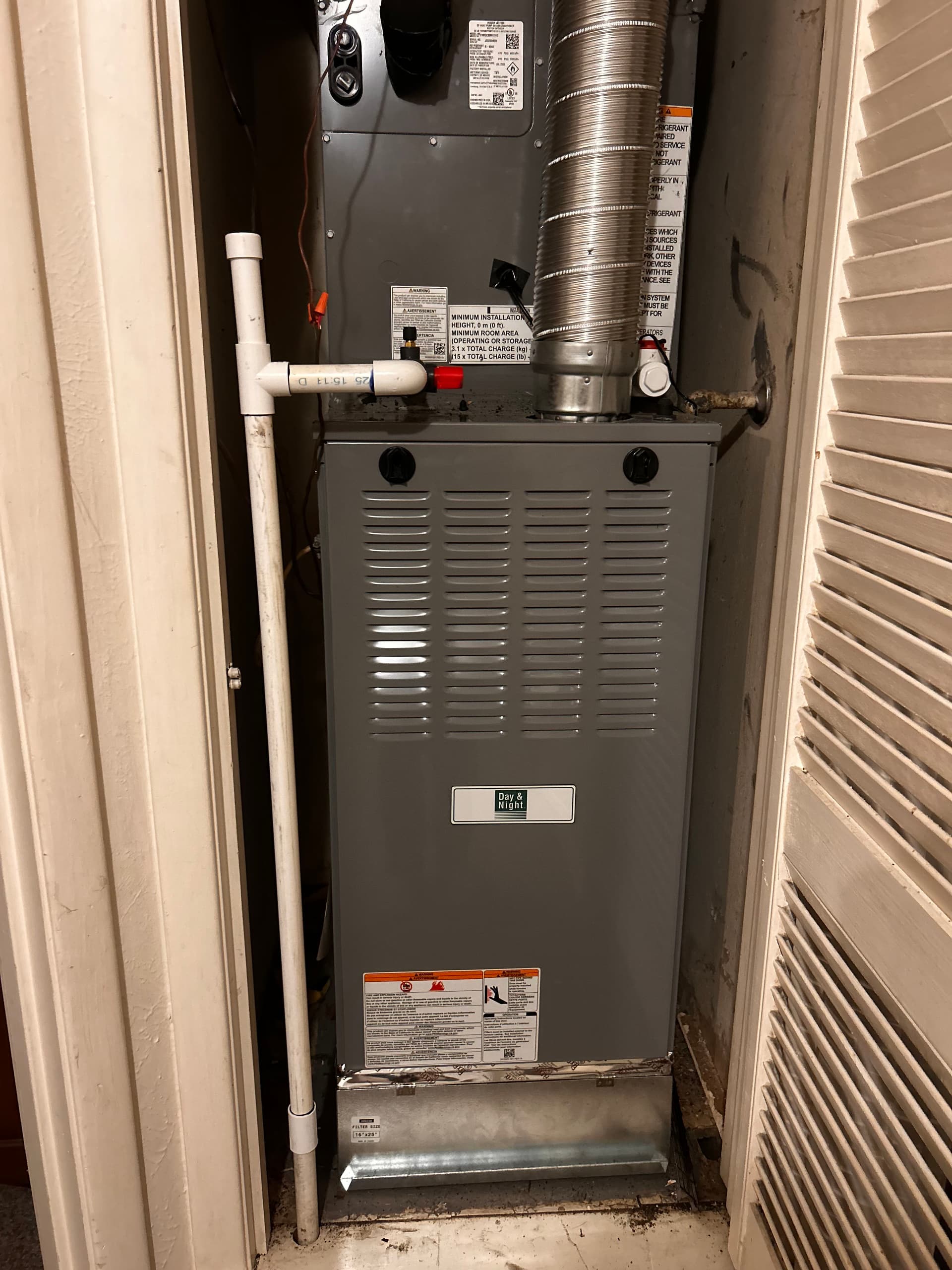
Professional Heating System Maintenance Services
Offering exceptional Heating System Maintenance solutions, our team is committed to providing top-quality services to meet all your needs in the HVAC industry.
Heating System Maintenance
At Prestige Air, ensuring the efficiency and reliability of your heating system is not just a task—it's a commitment. Our hands-on experience and expertise allow us to provide a service that keeps your home warm and cozy, no matter how chilly it gets outside.
During our heating system maintenance, we conduct thorough inspections and fine-tune your system's performance. Our certified and insured technicians meticulously check each component to prevent potential issues that could disrupt the warmth and comfort of your home. This preventative approach not only helps avoid unexpected breakdowns but also extends the lifespan of your heating system, saving you money in the long run.
We proudly offer this service to homeowners across North Richland Hills and the larger Fort Worth area. The process takes just half a day, and we ensure a smooth and seamless experience from start to finish. From the initial walkthrough to delivering a detailed on-site estimate, we make the process straightforward.
Since 2020, our family-owned and veteran-owned business has brought a personal touch to our service offerings, firmly believing that when you hire Prestige Air, you’re hiring a family. With a team that brings 25 combined years of experience, we stand by our motto – excellence is in our DNA.
Feel free to reach out for a same-day quote or visit by calling us at (817) 200-7215 or using the contact form on our website. Keep your home comfortable and efficient—book your heating system maintenance today!
Related Projects
Our Heating System Maintenance Process
At Prestige Air, we ensure your heating system runs efficiently during every visit.
Initial Inspection and Estimate
We begin with a thorough inspection of your heating system, identifying potential issues. You'll receive an on-site estimate, ensuring transparency from the start.
Personalized Maintenance Plan
Based on our inspection, we tailor a maintenance plan specifically for your system’s needs. This plan is designed to maximize efficiency and extend its lifespan.
Expert Maintenance Execution
Our skilled technicians carefully execute the maintenance plan, addressing each component with precision. We ensure optimal functioning and efficiency of your system.
Post-Service Walkthrough and Recommendations
Once maintenance is complete, we walk you through the work done, providing actionable tips and future recommendations to keep your system in top shape.
Heating System Maintenance FAQs
Get the answers you need about keeping your home warm and cozy with our expert tips and services.
- Why is heating system maintenance important?
Regular maintenance optimizes your system's efficiency and extends its lifespan. This means your home stays reliably warm without unexpected breakdowns.
- How often should I schedule maintenance for my heating system?
We recommend scheduling maintenance annually before the colder months start. This ensures your system is ready to perform when you need it most.
- What does your heating system maintenance service include?
Our comprehensive service covers thorough inspections, cleaning the components, checking for any wear or potential issues, and ensuring all parts are working correctly.
- Do you offer any guarantees with your maintenance services?
Yes, at Prestige Air, we stand behind our work and offer guarantees to ensure your satisfaction and peace of mind.
- Who will perform the maintenance on my heating system?
Our licensed, insured, and certified technicians, who bring 25 years of combined experience, will perform your maintenance. With us, you are in expert hands.
- How do I book a maintenance service with Prestige Air?
Simply give us a call at (817) 200-7215 or fill out a form on our website, and we'll get you scheduled right away.
Why Homeowners Choose Us
Hear from those who've experienced comfort with Prestige
They were great. Quick to respond, fair pricing and great quality work. They even came back a few days later to make sure things were working as expected, and in fact they were even better than expected. Highly recommend. I don’t expect getting serviced by anyone else going forward.
2025.07.31: Will came out and installed a condensor part and did an outstanding job with a gosh darn smile on his face. He loves his job and it shows. Lucky for Prestige that I am horrible with HVAC stuff so I'll be counting on them in the future. 2025.06.15: We called Prestige Air for the first time to do a checkup of our 5yr old system. The two young men that came to our house on a saturday were professional, well trained and patiently answered all of my questions. They didn't waste time and got in and out in less than an hour and a half.
Will with Prestige Air just left my house after servicing my heater for the upcoming winter months. Will was very professional and knowledgeable. He even adjusted my vents better. I highly recommend this company
Stay Cozy This Winter!
Schedule your heating maintenance with Prestige Air now. Ensuring your home's comfort is our priority.





